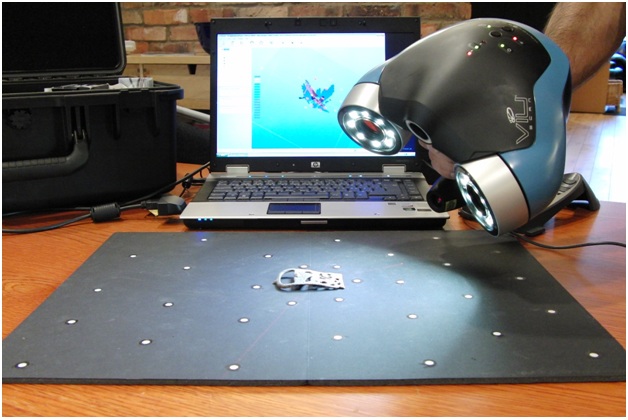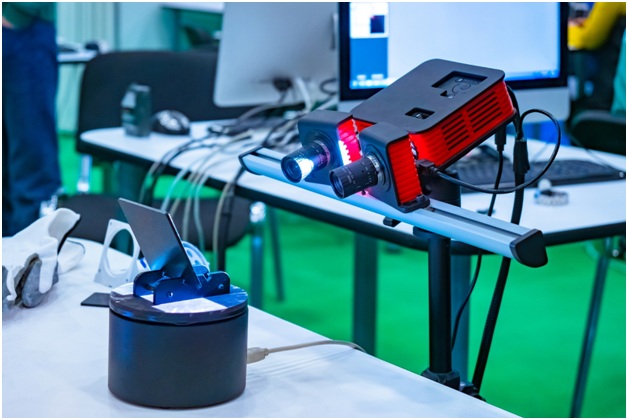You may be an industrial engineer who is looking for a powerful solution for reverse-engineering or a physician who seeks to create prosthetics for your patients. If so, then 3D scanning can be one of the keys to utilizing it for more success. Let’s see applications of 3-Dimensional scanning.
There are lots of companies and industries that aim to integrate 3-dimensional scans into their systems successfully. They have found out that the integration into their workflows has resulted in the achievement of excellent results. The phenomenal successes that they are getting can also be possible with the companies that you can find when you click here and see more services that they are offering. Before becoming successful, you need to know the concepts of 3D basics to be on the same page with the manufacturers.
About the 3D Scanning
The scanning process in 3D is a modern technological advancement that creates higher precision of models and ensures that they mimic the objects of the real world. They work like this process: the scanner will take lots of snapshots of a particular thing that needs to be copied. These shots are fused with models that are three-dimensional in nature. They can then rotate in various angles and views on one’s screed on the computer.
With the 3D scan process, the three-dimensional space of an object’s surface is set. Some of the sets can form the model similar to those with 2D photos making up some of the pixels in the screen. Once you have recorded the data digitally, you can use the information for historical records, inspection, animation, reverse engineering, or even virtual reality. You can read more about reverse engineering here: https://www.computerworld.com/article/2585652/reverse-engineering.html.
Uses to Know About

Point Cloud Data
You may have a part of something that you wish to scan. This process is similar to that of spraying a can of paint where some of the individual specs are landing on the surface. If you can remove this part without touching the paint, you can be left with a cloud that will define the external shape you’re looking for. This is essentially what you get in a point cloud,
Almost all of the scanners can produce the cloud, whether they are considered long-range, or they capture data with the help of industrial x-ray machines. They can capture the geometric shapes of various parts, and the details are usually not visible to the human eye.
A basic point cloud is composed of a list of coordinates that are XYZ. The coordinates are related back to the scanners where it’s used for the creation of the cloud. Many complicated ones contain normal info, different intensities of the RGB colors, and a lot more. The more natural components define the general direction of the scanner, which is helpful in processing cloud meshes.
Mesh Data
The polygon, triangulated, or mesh models are the next steps after creating the point clouds. This can be more useful and is usually applied in many software packages. Common mesh files may be composed of stereolithography that is often associated with 3D printing. You can take adjacent points over and join everything with triangular surfaces.
Engineering and Industrial Design Fields
Innovative 3D technologies are very important in manufacturing, engineering, and industrial designs. This is because of their abilities to precisely and quickly capture the data that you require. Without the advanced devices to help the company, some of the measurements may need to be collected through manual methods. This, in turn, can be too expensive and time-consuming.
The solutions of 3D are beneficial in the beginning stages of product manufacturing. They can be used in phases of testing, design, development, aftercare, launch, and a lot more. They accelerate the workflow in the factories, enhance overall productivity, and avoid costly mistakes.
Deciding which tools are right for you can depend on various applications you may need for this field. You need to take into consideration the features and the sizes that you need the computers to capture.
For example, large objects in industrial plants like planes, trains, and trucks are best to work with a stationary and versatile scanner. These usually require minimal interaction and supervision with operators, but they can deliver accurate results in a short amount of time.
If you plan to scan the objects that are not listed above, but you need to capture the intricate details, you may need to go with a high-resolution device. Handheld tools may do the job, and they can capture smaller objects, are flexible, and get the ones with complex geometries with the highest precision available.
The data can be used for printing, reverse engineering, or analysis. Regardless of the option that you’ll end up with, you need to pair it with powerful software that can provide you with quality control and rapid prototyping.
